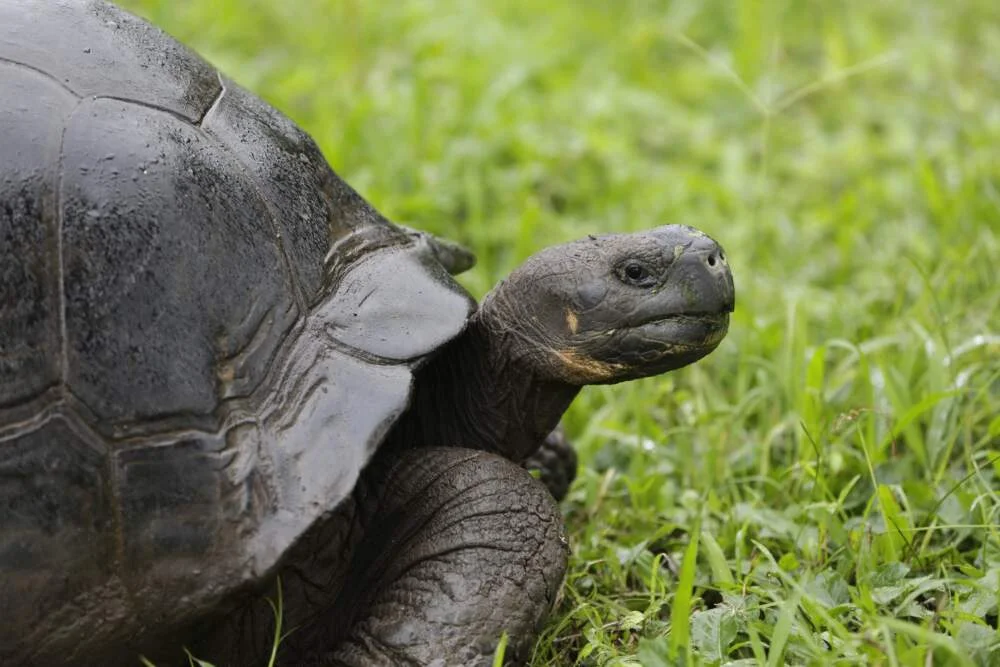
Elderly Galapagos Tortoise Welcomes Four Critically Endangered Hatchlings
In a remarkable turn of events, a rare Santa Cruz Galapagos tortoise, aged 97, has made history by becoming the oldest known first-time mother of her species. This momentous occasion was reported by the Philadelphia Zoo, which has closely monitored the breeding of these critically endangered tortoises.
The father of the newly hatched offspring is a slightly younger tortoise, estimated to be 96 years old. Their successful mating reflects a dedicated effort by wildlife experts who meticulously orchestrated the match, demonstrating their commitment to preserving a species on the brink of extinction.

The significance of these hatchlings goes beyond joy; it marks a critical milestone in boosting the population of Galapagos tortoises, increasing their number to 48 within American conservation facilities. This is particularly vital for a species that has faced numerous challenges due to climate change and human activity.
Lauren Augustine, director of herpetology at the Philadelphia Zoo, emphasized in an interview how monumental the arrival of these hatchlings could be for the future of the Galapagos tortoise. "Each hatchling represents hope and a step forward in our conservation efforts," she stated. The dedication to ensuring the survival of this species reflects broader trends in wildlife preservation, where experts are working tirelessly to counteract the threats posed to endangered species.
The process of matchmaking and breeding these tortoises illustrates not only the challenges of ensuring genetic diversity but also the triumphant results of focused conservation efforts. With each egg that hatches, we witness the fruits of patience, expertise, and a collective desire to see these ancient creatures thrive.
As the world grapples with numerous environmental crises, the story of these Galapagos tortoises shines as a beacon of what can be achieved through dedication and science. Will these hatchlings thrive and contribute to a rebirth for their species? Only time will tell, but this narrative certainly ignites hope and encourages further dialogue about the importance of wildlife conservation.
We welcome your thoughts and insights on this incredible story. What do you believe is the next step in preserving such fascinating species? Share your views in the comments below!